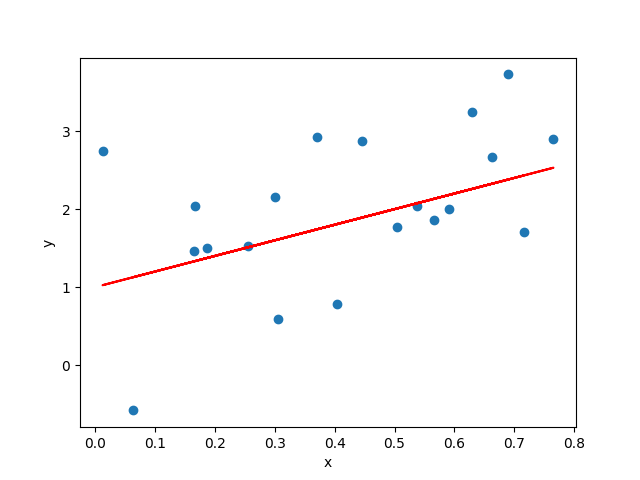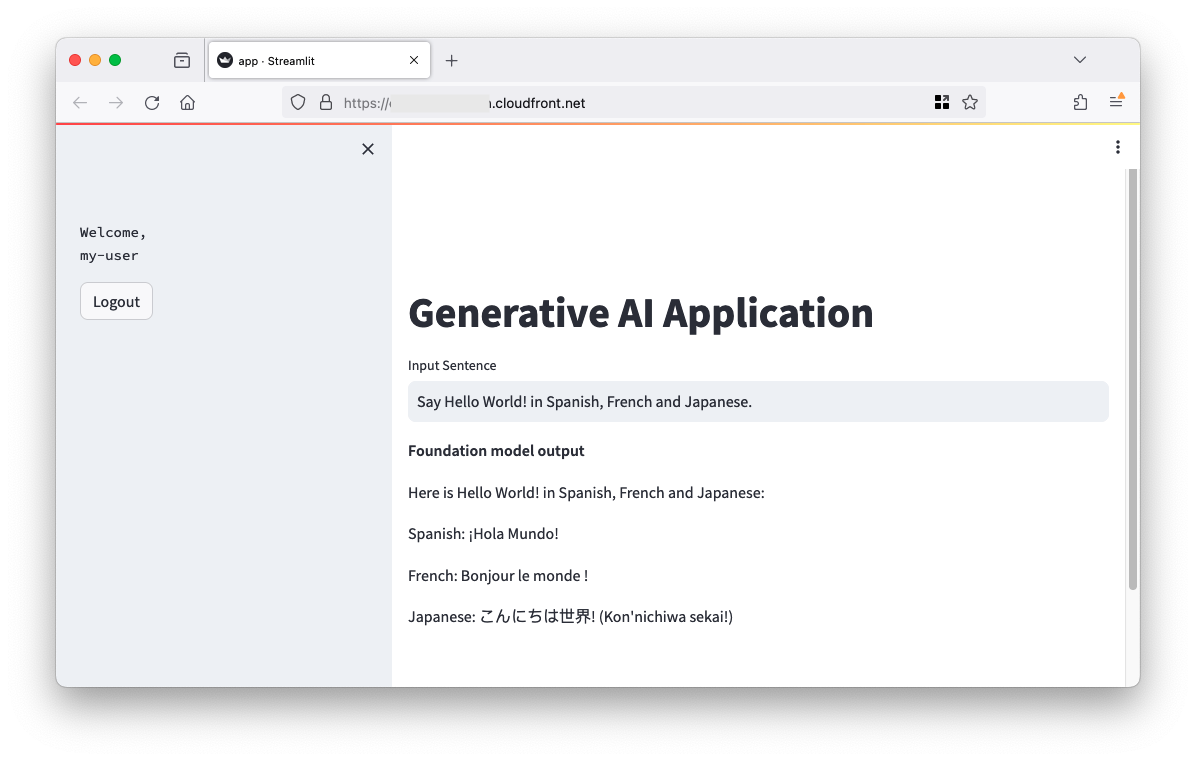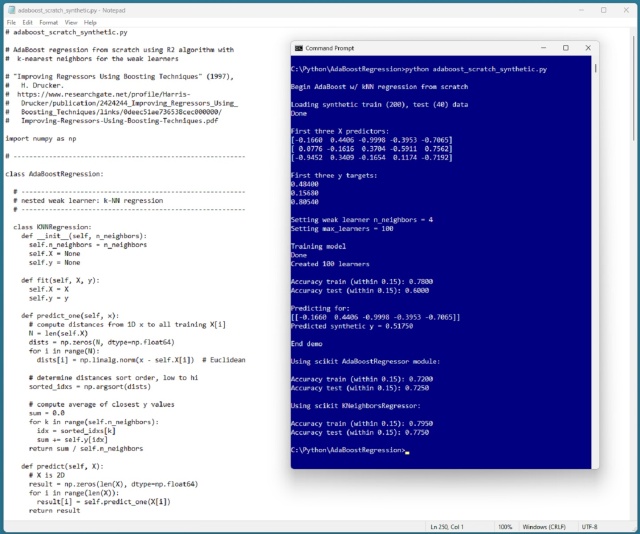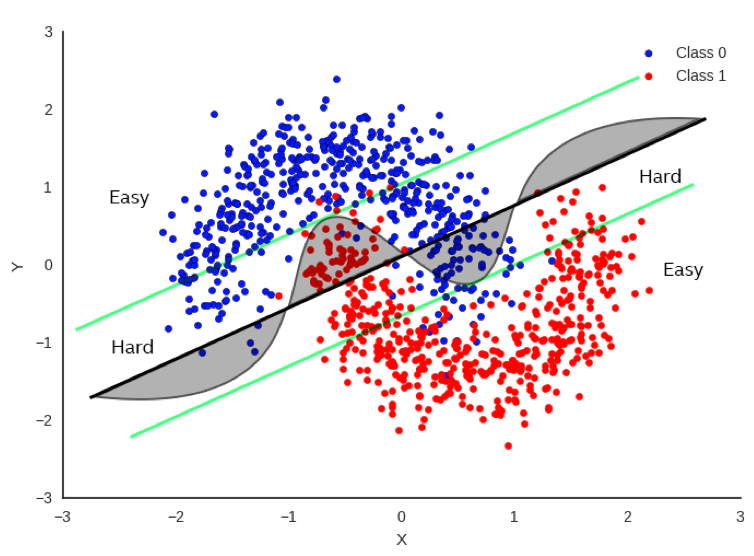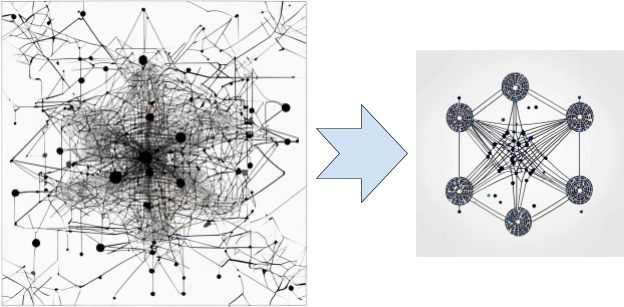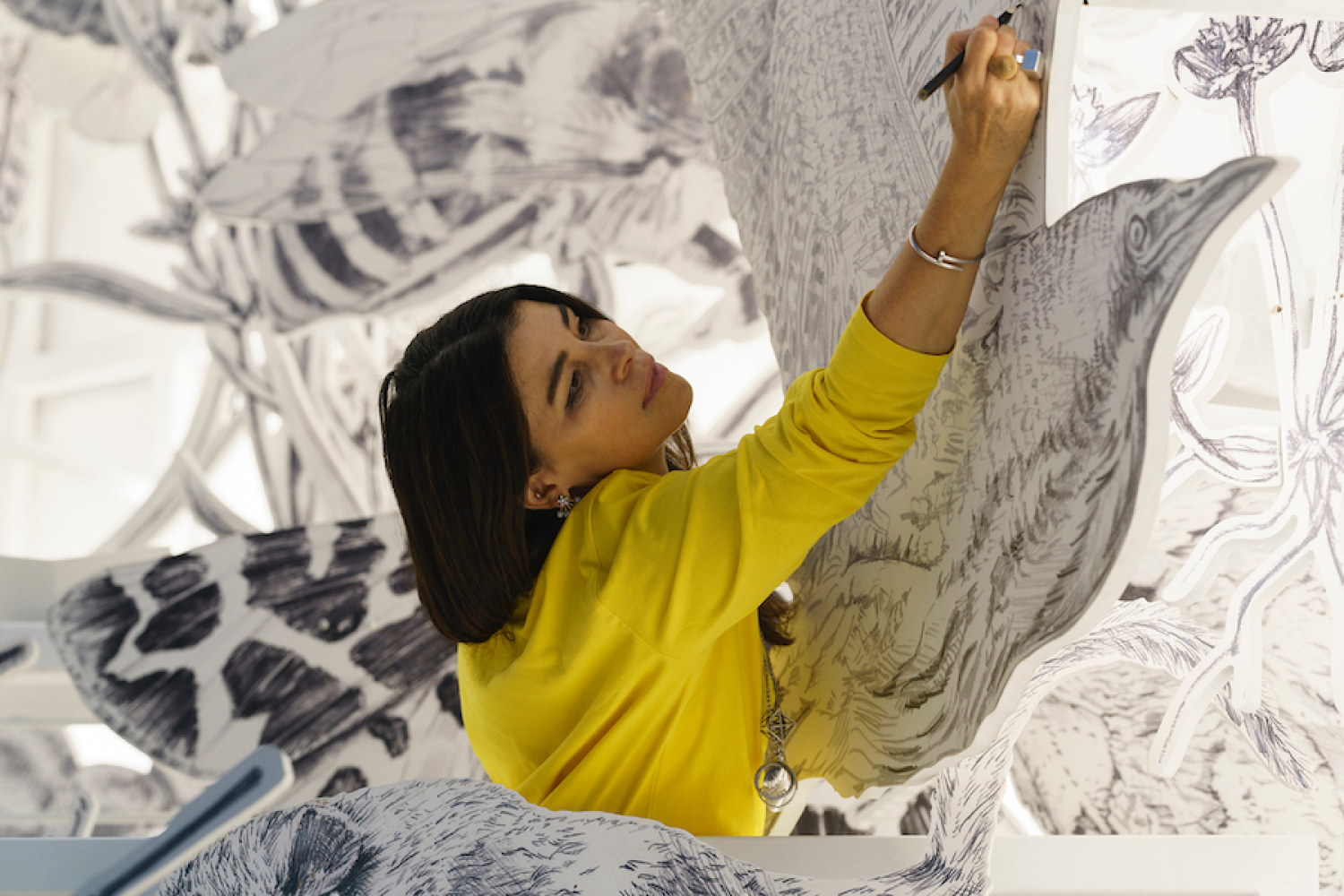Linear Regression is a crucial model for understanding more complex ones, like Large Language Models. Learn how to implement Linear Regression using the Boston Housing dataset in Python step by step.
AI-generated videos are both hilarious and concerning, with the potential to replace 200,000 entertainment jobs. Despite opposition, artists are exploring the digital miracles of Generative AI with optimism.
Generative AI offers new possibilities, but data scientists struggle with UI development. AWS simplifies generative AI app creation with Streamlit and key services like Amazon ECS and Cognito.
Government launches GPT-4o chatbot to assist with regulations on Gov.UK website, warns of potential 'hallucination' issue. Users can expect varied results as the AI technology undergoes testing by 15,000 businesses before wider release.
Meta allows US national security agencies and defense contractors to use its AI model, Llama, despite policy restrictions. Exception made for US, UK, Canada, Australia, and New Zealand.
Austin is booming with jobs and entertainment, but traffic is a major issue. Rekor uses NVIDIA technology to help Texas manage traffic, reduce incidents, and improve safety.
Study finds popular generative AI models like GPT-4 can give accurate driving directions in NYC without a true internal map. Researchers develop new metrics to test whether large language models truly understand the world.
Implementing AdaBoost regression from scratch using k-nearest neighbors instead of decision trees, following the AdaBoost. R2 algorithm. The author delves into the intricacies of the weighted median, contributing a new approach to AdaBoost regression.
Summary: Introducing a new GraphRAG approach for efficient commercial contract data extraction and Q&A agent building. Focus on targeted information extraction and knowledge graph organization enhances accuracy and performance, making it suitable for handling complex legal questions.
Democratic secretaries of state seek social media companies' plans to moderate inflammatory content and AI during elections. Seven officials, including those from Maine and Washington, urge Google, X, and Meta to address the issue.
VBK, the largest Dutch publisher, to trial AI for translating books into English, acquired by Simon & Schuster. AI to assist in translation of commercial fiction, Vanessa van Hofwegen confirms.
Dynamic execution in AI tasks can optimize performance by distinguishing between Hard and Easy problems. By identifying and addressing the complexity of data points, accuracy can be maintained while saving computational resources.
MIT researchers have developed 3D transistors using ultrathin materials to surpass silicon's energy efficiency limits. These nanowire devices offer high performance at lower voltages, potentially revolutionizing electronics.
AI models, like LLaMA 3.1, require large GPU memory, hindering accessibility on consumer devices. Research on quantization offers a solution to reduce model size and enable local AI model running.
Es Devlin wins $100,000 Eugene McDermott Award at MIT for innovative art exploring biodiversity, AI poetry, and more. Devlin's residency includes a public lecture and collaboration with MIT's creative community.

